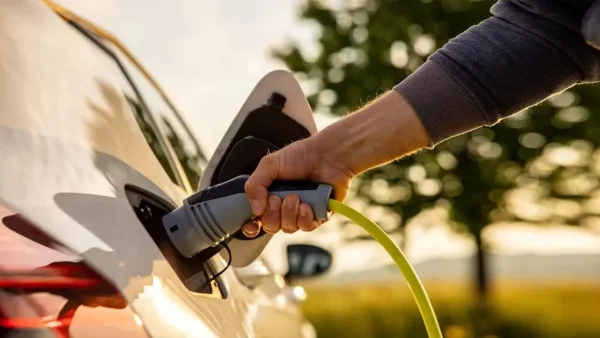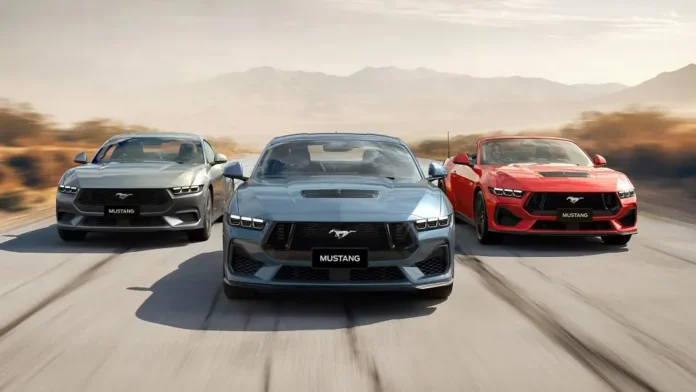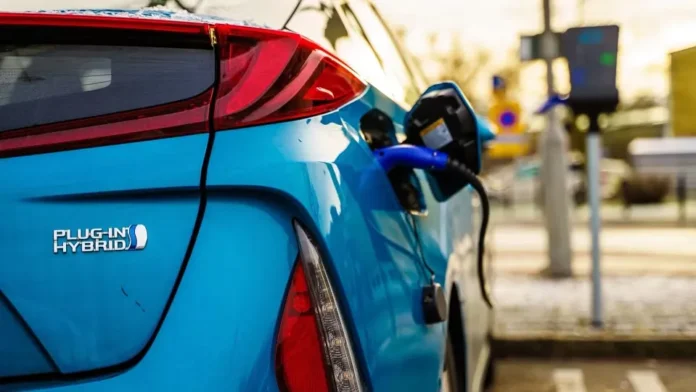Understanding EV Charging Speeds
When planning to minimize the time spent waiting for your electric vehicle (EV) to charge, it’s crucial to understand the different speeds and types of chargers available. For all the benefits that come with an EV, charge times can often feel like a major hassle compared to filling up a petrol tank. Understanding EV chargers and charging speeds can significantly reduce your wait times and maximize your driving experience.

Factors Influencing EV Charging Speeds
The speed at which your EV charges depends on several factors. The primary factors are the technology built into both your EV and the charging station. Larger EV batteries naturally take longer to charge, and as a battery approaches its maximum charge, the charging speed slows down. Additionally, the age of the battery and weather conditions can impact charge times. For example, batteries charge slower in extremely cold or hot conditions.
Charge times are also affected by the type of charger used. A standard home power socket (Level 1) delivers up to 6kW, but more often 1kW or 2kW. A Level 2 charger can provide around 20kW, while a Level 3 DC fast charger can go as high as 350kW. However, the charging station’s speed is also limited by the car’s plug and battery capabilities.
Types of Charging Connectors
EVs come with various charge plugs, as there is no single universal standard. In Australia, the CCS2 plug is commonly used for both DC and AC charging. Some EVs, particularly Japanese models, use CHAdeMO for DC charging and Type 2 for AC charging. Knowing the type of connector your car requires can help you identify the most suitable charging options.
Enhancing Long-Distance Travel Convenience
Faster charging networks are especially beneficial for long-distance travel, allowing you to reduce the time spent at charging stations. This can also lower overnight stops and save on accommodation costs during extended road trips.
Optimizing Home Charging Set-Up
Installing a Level 2 charger at home can significantly speed up charging times compared to a regular wall socket. Ensure that the Level 2 charger is compatible with your EV’s connectors. Furthermore, utilizing off-peak hours if available, or solar energy if you have solar panels, can reduce charging costs. Many modern chargers allow you to set specific charge times to take full advantage of these cheaper or free energy windows.
Managing Your EV’s State of Charge
Smart home chargers offer the ability to monitor and manage your EV’s state of charge, adjusting the charging rate based on the battery’s current level. While rapid charging is convenient, it can reduce battery lifespan due to heating. Opting for slower, steady charging can help to maintain the battery’s longevity.
To sum up, understanding your car’s charging capabilities and the charging infrastructure around you is essential. Whether you’re utilizing Level 3 DC fast charging on the road or a Level 2 home charger, being informed can save you time and money, and extend your battery’s life.



